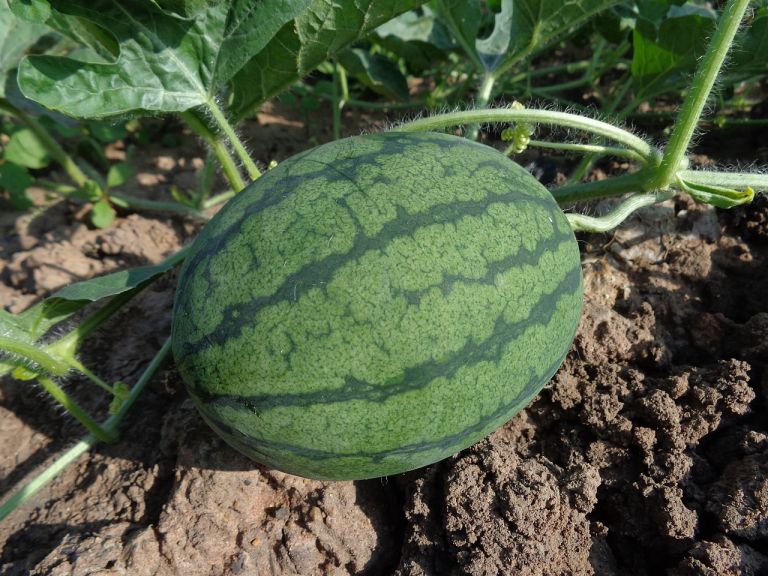
Cultivating Watermelons
Watermelons thrive in sunny spots with ample space, water, and nutrients. They are sprawling vines, related to zucchini, pumpkin, cucumbers, and squash.
Planting Time and Location
Consider planting when you have three months of warm, sunny weather (20-25°C days). Plant the seeds directly in the ground where they will grow. If your soil lacks nutrients, enrich it with compost or organic matter. Watermelons prefer rich soil.
Planting Process
Ensure the soil temperature is around 18°C for germination. Sow 4-5 seeds half an inch deep (12mm) in mounds. Allow one meter between rows and half a meter between mounds. Mound planting prevents waterlogging and is a good way to add compost if your soil isn’t rich. After a few weeks, thin out your crop by keeping the strong seedlings.
Growth Management
As watermelons grow, they may smother nearby plants. Gently guide the vines in the direction you want them to grow.
Watering
Watermelons have shallow roots and need a lot of moisture. Keep their soil moist and apply a thick layer of mulch or compost to help with this. Mulching also helps control weeds. Watermelons are hungry plants, so use a high nitrogen fertilizer early on and switch to a high potassium fertilizer when they start to flower and fruit.
Flowering and Fruiting
Watermelons grow both male and female flowers on the same vine. Male flowers appear first, followed by larger female flowers with a tiny melon at the base. If you don’t see any female flowers, your plant may be unhappy due to temperature, water, or nutrient issues.
Pollination
Watermelon flowers are pollinated by insects. If female flowers aren’t getting pollinated, you can hand pollinate. Do this early in the morning by brushing the pollen from male flowers onto the stigma of female flowers.
Harvesting
Determining when a watermelon is ripe is an art. Look for a dry, straw-like tendril at the stem, a yellowish patch on the bottom of the fruit, and a dull, hollow sound when you knock on it.
Top Tips
Watermelons are compatible with sweetcorn and sunflowers, but avoid planting near potatoes.


